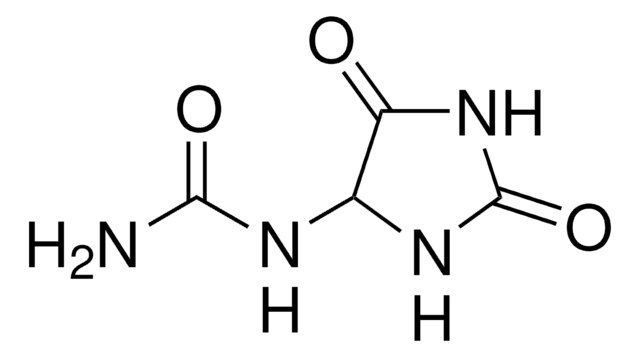Key Documents
About This Item
Polecane produkty
Próba
≥95% (LC/MS-ELSD)
Postać
solid
Zastosowanie
metabolomics
vitamins, nutraceuticals, and natural products
temp. przechowywania
−20°C
ciąg SMILES
CC(C)CC1c2c(O)c(C(=O)CC(C)C)c(O)cc2OC3=C1C(=O)C(C)(C)C(=O)C3(C)C
InChI
1S/C26H34O6/c1-12(2)9-14-18-17(11-16(28)20(21(18)29)15(27)10-13(3)4)32-23-19(14)22(30)25(5,6)24(31)26(23,7)8/h11-14,28-29H,9-10H2,1-8H3
Klucz InChI
TYDBFNAOFZIICW-UHFFFAOYSA-N
Powiązane kategorie
Opis ogólny
Zastosowanie
Działania biochem./fizjol.
Kod klasy składowania
11 - Combustible Solids
Klasa zagrożenia wodnego (WGK)
WGK 3
Temperatura zapłonu (°F)
Not applicable
Temperatura zapłonu (°C)
Not applicable
Certyfikaty analizy (CoA)
Poszukaj Certyfikaty analizy (CoA), wpisując numer partii/serii produktów. Numery serii i partii można znaleźć na etykiecie produktu po słowach „seria” lub „partia”.
Masz już ten produkt?
Dokumenty związane z niedawno zakupionymi produktami zostały zamieszczone w Bibliotece dokumentów.
Nasz zespół naukowców ma doświadczenie we wszystkich obszarach badań, w tym w naukach przyrodniczych, materiałoznawstwie, syntezie chemicznej, chromatografii, analityce i wielu innych dziedzinach.
Skontaktuj się z zespołem ds. pomocy technicznej





